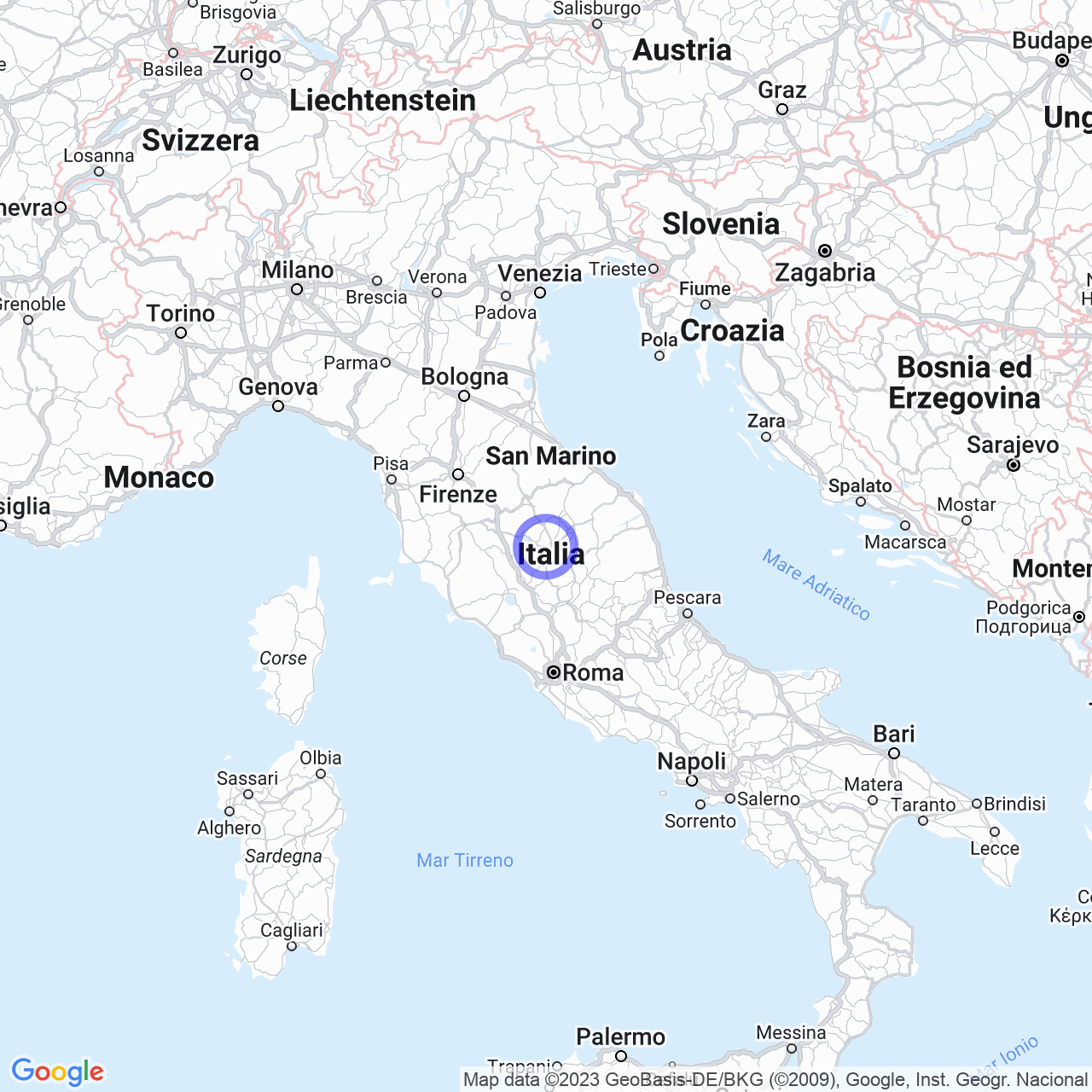Ponte Pattoli
Welcome to Ponte Pattoli: a historical district of Perugia
Hello everyone! Today, I would like to talk about Ponte Pattoli, a district of the municipality of Perugia, located at the northernmost end of the city's territory. The river Tiber flows entirely through this country, divided into a flat area and a hilly one. The district is inhabited by about 1,905 inhabitants.
History of Ponte Pattoli
The oldest part of the district is the "Borgo," located at the foot of the Colle Maggiore, also known as "la Pineta." It contains some walls that might belong to the ancient castle of Ponte di Pattolo. In 1319, the district suffered partial destruction from the Ghibellines of Assisi, at war with the Guelfs of Perugia, led by Muzio di Francesco. In 1413, the troops of Braccio da Montone faced-off with those of Francesco Sforza, without clashing. In 1416, the overseers of Ponte Pattolo submitted to Braccio, handing over the keys to the castle. In 1496, the Borgo was ransacked by Astorre Baglioni, a Florentine, in a fight against the exiled nobles of Perugia. In 1594, the Statutes of the community of Pontepattoli were drafted by the pontifical legate, Silvio Cardinal Savelli, in the vernacular by the lawyer Sforza Oddi and divided into ten chapters. Furthermore, in the district, you can still find the house where a saint, San Carlo Borromeo, stayed.

Economy of Ponte Pattoli
Much of the district's economy is based on the cultivation and processing of tobacco, with companies such as Paoletti and Bracceschi, and the cultivation of fruit trees, such as Zandonai. From an industrial perspective, companies are involved in the transformation of wood and the production of fixtures, such as F.lli Pucciarini and IMECA. Additionally, some companies produce stylish furniture, such as Argentari, and tailor-made furnishings, such as LEGNOART. There are also many artisanal companies involved in the processing of wrought iron, such as Poeta Armando.
Monuments and Artistic Places in Ponte Pattoli
There is much to see in Ponte Pattoli, between monuments and artistic places. One of the most beautiful places is the Rustichelli Castle, a fortified house dating back to 1154, located in Prezzonchio. The property belonged to the Rustichelli family, and the house is adorned with a beautiful garden. Abbadia Celestina is a monastery along the road to Morleschio. It is a very evocative and peaceful place, perfect for a walk. Villa Taticchi is another interesting tourist attraction dating back to 1300. It is an imposing building located about 100 meters from the left bank of the Tiber River and is subject to the constraint of the Ministry of Cultural and Environmental Heritage. According to the historical-artistic report of the Superintendent for environmental, architectural, artistic and historical assets, the central nucleus of the villa is represented by a medieval tower dating back to the 14th century, consisting of four superimposed rooms.
Final Thoughts
Here are some history and artistic beauties of Ponte Pattoli, a unique district of the municipality of Perugia. I can't wait to visit it in person, and you?
